Navigating Your First Podiatrist Appointment: Tips to Ease Anxiety and Prepare for Success
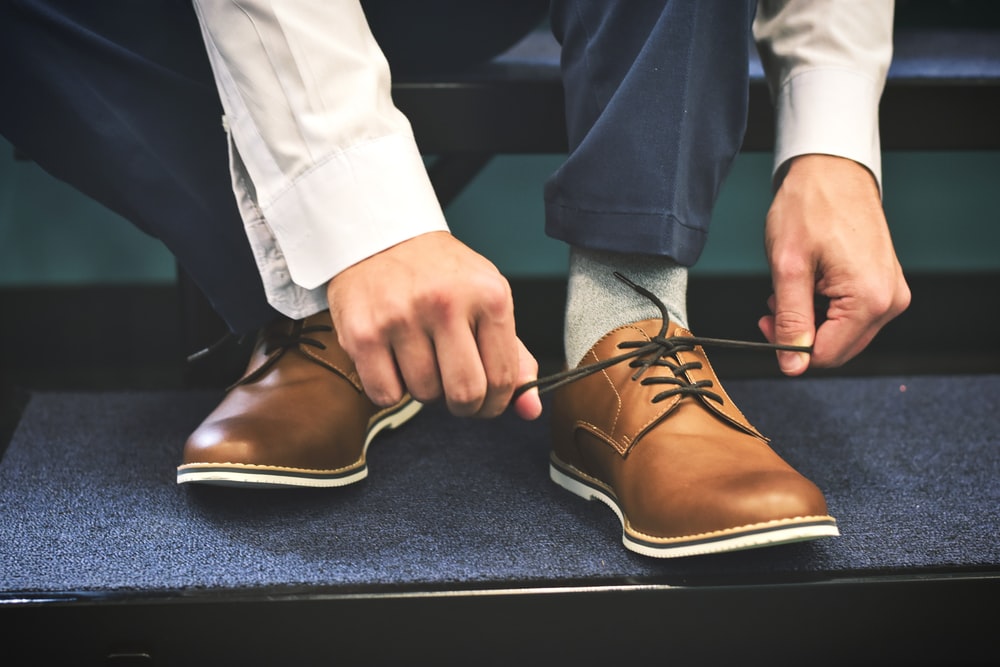
Are you gearing up for your first visit to a podiatrist? Whether it’s due to foot pain, a concern about your gait (the way you walk), or a routine check-up, it’s normal to feel a bit anxious about seeing a new practitioner. Podiatrists are experts in diagnosing and treating conditions of the feet and lower legs, but stepping into a new healthcare setting can be daunting. Here’s how you can tackle your fears and ensure a smooth and successful appointment.

Understanding Your Podiatrist Appointment
A Podiatrist is a professional who specialises in the diagnosis and treatment of foot and ankle conditions. They can help with a variety of issues, from bunions and heel pain to sports injuries and diabetic foot care. Knowing what to expect can help reduce anxiety and make the experience more comfortable.
1. Learn About the Procedures
Before your appointment, familiarise yourself with common Podiatric procedures. Most visits will involve a thorough examination of your feet and ankles. The podiatrist might ask about your medical history, lifestyle, and any specific concerns you have. Understanding these basics can demystify the process and help you feel more in control.
2. Prepare Your Medical History
Having a detailed medical history on hand can streamline your visit. Include information about any current medications, past injuries, surgeries, or chronic conditions. If you have specific foot issues or pain, noting when they started and any activities that worsen them can be incredibly useful.
3. Dress Comfortably
Wear comfortable clothing and shoes that are easy to remove. Your Podiatrist will need to examine your feet and possibly ask you to walk, so choose attire that allows easy access to your lower limbs.

Overcoming Anxiety About Your Podiatrist Appointment
Feeling anxious about a new healthcare provider is common, but there are effective strategies to manage these feelings.
1. Ask Questions
Don’t hesitate to ask your Podiatrist about anything you’re unsure of. Whether it’s about the examination process, potential treatments, or follow-up care, having answers can ease your worries and help you feel more informed.
2. Bring a Support Person
If it helps to have someone with you for emotional support, bring a friend or family member to your appointment. They can offer comfort and assist with taking notes or asking questions.
3. Practice Relaxation Techniques
Before your appointment, try relaxation techniques such as deep breathing exercises or visualisation. These methods can calm your nerves and prepare you mentally for the visit.
4. Focus on the Benefits
Remember that seeing a Podiatrist is a step towards better foot health. Whether it’s alleviating pain, improving mobility, or addressing a specific concern, focusing on the positive outcomes can help shift your mindset from anxiety to anticipation.

Preparing for Your Podiatrist Appointment
Preparation is key to making the most of your visit and ensuring you get the care you need.
1. Compile Your Foot Health History
Make a note of any previous foot problems, treatments you’ve tried, and any noticeable changes in your feet or walking patterns. This information will help your Podiatrist understand your situation better.
2. List Your Concerns and Symptoms
Write down any symptoms you’re experiencing, such as pain, swelling, or numbness, and note when they occur. This will help you communicate your concerns clearly and allow the podiatrist to provide a more accurate diagnosis.
3. Bring Relevant Documentation
If you have any previous medical records related to your foot health or prior treatments, bring them along. This documentation can provide valuable insights into your condition.
4. Review Insurance and Payment Options
Check your insurance coverage and understand what is included for podiatric services. If you’re unsure about your coverage, contact your insurance provider before the appointment to avoid any surprises.

Final Thoughts
Visiting a new Podiatrist doesn’t have to be a stressful experience. By understanding what to expect, preparing thoroughly, and using strategies to manage anxiety, you can approach your appointment with confidence. Remember, your Podiatrist is there to help you achieve better foot health and improve your quality of life. With a bit of preparation and a positive mindset, you’ll be well on your way to a successful visit.
Embrace the opportunity to address your foot concerns and take a proactive step towards better health. Your feet—and your overall well-being—will thank you!
Contact Us
Send us an e-mail:
This site is protected by reCAPTCHA and the Google Privacy Policy and Terms of Service apply.
Healthy Feet: Essential Tips for Maintaining Optimal Foot Health

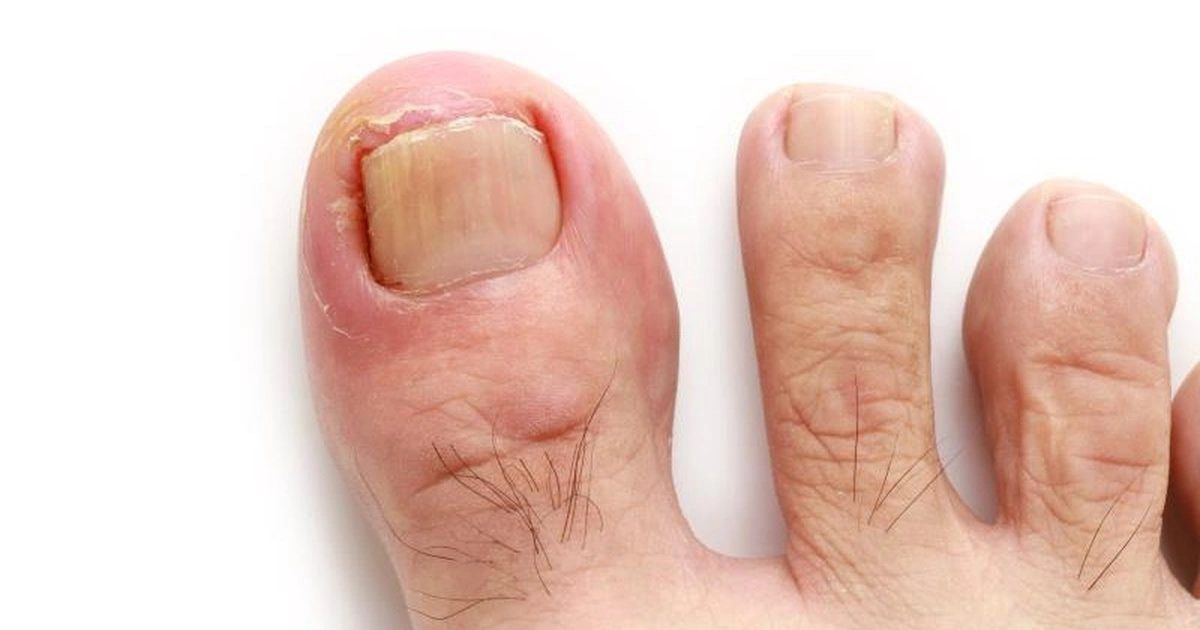
2. Preventing Common Foot Issues
a. Fungal Infections: To prevent athlete’s foot and other fungal infections, avoid walking barefoot in public areas like locker rooms or swimming pools. Wear moisture-wicking socks and change them daily. If you notice any signs of infection, such as itching or redness, consult with your Podiatrist for appropriate treatment.
b. Bunions and Hammertoes: Bunions and hammertoes can be uncomfortable and affect the way you walk. To prevent these conditions, wear shoes with a wide toe box and avoid high heels that put extra pressure on your toes. If you experience pain or notice any deformities, seek professional advice for management and treatment options.
c. Plantar Fasciitis: This common condition causes heel pain due to inflammation of the plantar fascia. To prevent plantar fasciitis, ensure you have proper arch support in your shoes and stretch your calves and feet regularly. If you experience persistent heel pain, consult a podiatrist for a tailored treatment plan.
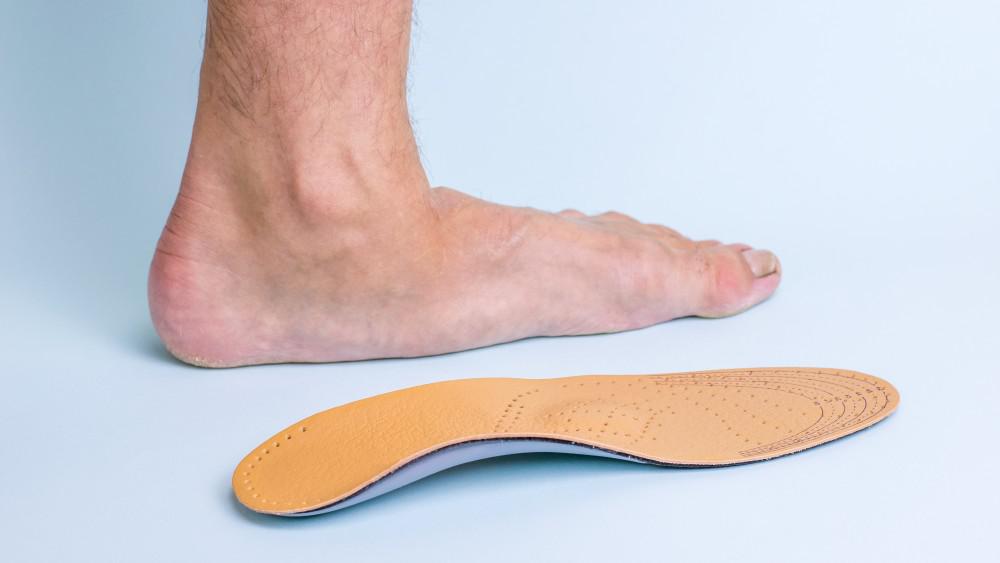
3. Understanding Podiatric Conditions
a. Flat Feet: Flat feet occur when the arches of the feet collapse, leading to pain and discomfort. Symptoms can include aching feet, especially after standing or walking for long periods. Orthotic inserts and supportive footwear can help alleviate symptoms. In severe cases, surgical options may be considered.
b. Diabetic Foot Care: For individuals with diabetes, foot health is crucial to prevent complications such as ulcers and infections. Regularly inspect your feet for cuts, blisters, or changes in skin color. Maintain good blood sugar control and consult with a Podiatrist for specialised care.
c. Morton’s Neuroma: This condition involves a thickening of the tissue around a nerve in the foot, usually between the toes. It can cause sharp, burning pain and numbness. Proper footwear, custom orthotics, and in some cases, injections or surgery, can help manage symptoms.
4. The Latest in Foot Health Research
Recent studies have highlighted the importance of foot health in overall well-being. Research shows that maintaining proper foot mechanics can significantly impact joint health and prevent chronic pain. Innovations in custom orthotics and advanced imaging techniques are improving diagnosis and treatment of foot conditions. Additionally, new insights into the relationship between foot health and systemic conditions like diabetes are leading to more comprehensive care strategies.
Conclusion
By incorporating these daily foot care tips and staying informed about common foot issues and conditions, you can take proactive steps towards maintaining healthy feet. Regular self-care and professional check-ups with a podiatrist will help you stay on top of your foot health and address any concerns before they become serious problems.
Contact Us
Send us an e-mail:
This site is protected by reCAPTCHA and the Google Privacy Policy and Terms of Service apply.
Shockwave is an effective treatment for pain and injury. The purpose of the therapy is to trigger the body’s own natural healing response. Many people report that their pain is reduced and mobility improved after the first treatment. Is it for me? Book an initial biomechanics assessment to find out whether this is an appropriate treatment for you.
BOOK NOWShockwave Therapy for Heel Pain
If you’re dealing with heel pain or plantar fasciitis, then it’s very difficult to walk and perform your daily tasks. In fact, even the simplest tasks that require movement will be associated with excruciating pain, and that will limit your capabilities and things you can do. That’s where shockwave therapy for heel pain can be a very good idea.
What shockwave therapy does is it relies on soundwaves in order to stimulate healing. It’s particularly good for Achilles tendinopathy, plantar fasciitis or any similar type of heel pain. Soundwaves will help improve the bloodflow, and that can enhance, but also speed up the healing process as a whole.
How does shockwave therapy for heel pain work?
- – The entire process is very simple. A dedicated machine is used in order to apply soundwaves to the skin’s surface.
- – That machine’s probe is used to target a certain area, usually the area that causes a lot of pain.
- – Once the sound waves are generated, they will spread into the tissue and go outwards. What happens is the soundwaves increase the bloodflow. Your body will speed up the healing process, and you will also feel a lot better.
The advantage of going for shockwave therapy is that it will end up removing a lot of the pain that you are currently facing. Not only that, but it encourages your body to heal a lot faster. And, according to research, it’s very efficient. You can see progressive improvements, without dealing with any major side effects. That encourages everyone to not only give shockwave therapy a try, but also stick with it for more than one treatment.
Who is shockwave therapy for?
Most of the time, everyone dealing with heel pain should consider trying shockwave therapy. However, this therapy is particularly good for people that didn’t respond well to other treatments. If you tried ice therapy, steroid injections, orthotics or physiotherapy and none of them worked, shockwave therapy might be the answer.
That’s because shockwave therapy is offering you immediate relief. On top of that, it will help alleviate the pain for quite a long time. And it also helps your body recover and repair its tissues at the same time. It’s still important to talk with your doctor beforehand. The doctor will let you know if your current health status allows the use of shockwave therapy, or if there are any other treatments to try out.
Is there anything you can do to prepare for shockwave therapy?
If the doctor cleared you for shockwave therapy, then there are a few things you can do to prepare for it. Ideally, you don’t want to take any NSAIDs (non-steroidal anti-inflammatory drugs) around 2 weeks before the procedure. It’s important to check any medication you are currently taking and see if it has any NSAIDs. Also, you can wear comfortable clothing, there’s no need for any specific clothing pieces in order to undertake the shockwave therapy treatment.
Is shockwave therapy painful?
It always depends on how bad your current heel pain really is and what causes it. For the most part, you might experience some pain during the shockwave therapy procedure, that’s normal and something you will encounter. Thankfully, the shockwave power can be adjusted depending on how much pain you feel. That way, it’s not going to hurt as bad and you will still be ok. In severe cases, a local anesthetic might be necessary, but for the most part it won’t hurt that much or at all.
When you think about shockwave therapy, the first thing that comes to mind is that your body automatically reacts to it. Yes, you will feel your body responding to this extremely fast. What happens is your body will break down any calcifications find in your foot, boost the cell permeability and that can help with the healing process.
Another thing that shockwave therapy does is it encourages your body to create new blood vessels. That brings more nutrition and blood to the inflamed area. And, of course, the body will automatically target the nerve endings and hyperstimulate them, which means you will be feeling less pain.
Is shockwave therapy an invasive procedure?
No, shockwave therapy is designed to be a very safe and non-invasive procedure. In fact, what it does is it allows you to alleviate heel pain, while also making it easy to feel better. According to this study, shockwave therapy has a great chance of success, with up to 80% feeling positive results from the therapy process.
That’s also doubled down by another study which clearly shows how much it can help against muscle pain in particular. Even if you choose shockwave therapy, it’s still a good idea to make some lifestyle changes. Avoiding any activities that cause foot pain is mandatory, and you also want to use walking boots or crutches, as needed. Even simple changes like these can help reduce pain, and they will speed up the healing process!
What are the pros and cons for shockwave therapy?
Like any other therapy, shockwave therapy also has its own pros and cons. It’s important to talk with a medical professional and perform your due diligence if possible. That will make it easy to understand how to tackle heel pain efficiently, while also understanding if this treatment is suitable for you or not.
Pros
- – One of the best things about shockwave therapy is that, in most cases, it will provide immediate relief. That relief can end up lasting for a long time.
- – There’s no need for a very complex, long preparation process. The same thing is valid when it comes to recovery, you just need to take a few hours off and let your body heal.
- – It’s a procedure that has been tested for a long time, and studies show it’s safe.
- – The chances of dealing with complications are very low.
- – You don’t have to deal with surgery, since it’s a non-invasive procedure.
Cons
- – While it works for a lot of people, it won’t be for everyone.
- – In some cases, it might take multiple sessions until you see results.
- – There are some minor complications, like numbness, bruising or temporary pain.
- – It’s not covered by insurance companies, although that might depend on the situation.
How much does shockwave therapy cost?
The price of shockwave therapy will vary from one practitioner to another. It also depends on whether you are just getting the regular therapy, or you combine it with another package. But on average, the full course of shockwave over the 5-7 week period will end up costing you between $500 to $700, either more or less depending on the practitioner.
The exact cost will vary based on your location, how many sessions you need, if your insurance company will cover these costs, but also the intensity of the treatment. It’s a good idea to talk with a practitioner beforehand and ask for a quote. Not only will that help you save time, but you can also narrow down the ideal treatment that fits your needs.
Conclusion
As you can see, shockwave therapy for heel pain can be extremely efficient, and it’s not very painful either. In fact, it’s one of the best methods that you can use to alleviate your current heel pain. It’s very dependable, but you should talk with a medical professional first. Our team at The Foot Force Podiatry is here to deliver state of the art shockwave therapy solutions at amazing prices. Don’t hesitate and book an appointment with us today, we’ll help alleviate your heel pain in no time! Book an initial biomechanics assessment to find out whether this is an appropriate treatment for you.
Dr. Fatima Al-Kathmi (Podiatrist)
Contact Us
Send us an e-mail:
This site is protected by reCAPTCHA and the Google Privacy Policy and Terms of Service apply.
Best thongs with arch support recommended for foot pain

Best arch support thongs for foot pain?
If you suffer from heel pain, foot pain, knee or calf issues, you’ll know all too well how debilitating poor foot support can be. Unfortunately, many common brands of thongs do not accommodate to users with regular foot pain and associated conditions.
When the time comes to select new footwear, your best pathway is to opt for thongs for foot pain that are directly endorsed by podiatrists and physiotherapists. Arch support footwear is also a great alternative for those without existing foot pain and conditions.

The Importance of Arch Support
Feet are not all the same. On the whole, there are three main arch variations – a normal arch, a flat arch or a high arch. As a result, the level of tailored foot support required will vary from individual to individual.
Proper arch support can have a major impact on your day-to-day life. Arch support is particularly crucial for foot alignment and the reduction of pain or swelling. If your doctor has recommended thongs for foot pain, it is vital that you look for styles that specifically accommodate to your distinct arch support requirements.

No Compromise on Style
You no longer have to rely on flimsy rubber soles. Over recent years, the orthopaedic footwear industry has taken a number of significant strides. Purpose designed thongs for foot pain not only serve their primary function, but also bring first-class style and comfort.
Numerous men’s and women’s styles now exist that resemble traditional looks, yet feature the added benefits of certified arch support. In addition, the wealth of choices on offer means that you are no longer confined to one or two variations.

Contoured Footbeds
For extra cushioning and support, you can never go wrong with a contoured footbed. A contoured footbed is an inbuilt curved liner that directly cushions the heel and toes. Many new thongs for foot pain will feature this technology and therefore provide excellent daily support.
Any contoured footbed should match the individual shape and natural arch of your foot. This factor will ultimately influence the thongs that you select. Contoured technology is also excellent for maintaining consistent stability as you walk.

A Few of the Best
To make your choice a little easier, we have compiled a list of the best podiatrist certified thongs on the market. Read on below for dynamic compilation of men’s and women’s styles.
Women’s Zullaz Range
The women’s Zullaz collection of orthotic thongs features a number of stylish alternatives. Of course, each individual option comes with purpose built qualities well suited to foot pain sufferers. Zullaz flip flops are excellent for foot pain, offering five star treatment on each and every use. You can not only find a tailored option, but also various colours to match your personal preference and style.
Men’s Zullaz Range
The Zullaz range isn’t exclusive to women. For all the men out there with regular foot and leg pain, they too can access 5 star treatment. Fitted with excellent arch support, comfortable materials and contoured footbeds, Zullaz represents the latest in podiatrist recommended technology. Similar to the women’s range, men’s Zullaz footwear is also offered in a diverse set of styles, colours and fabrics. The choice will be all yours.
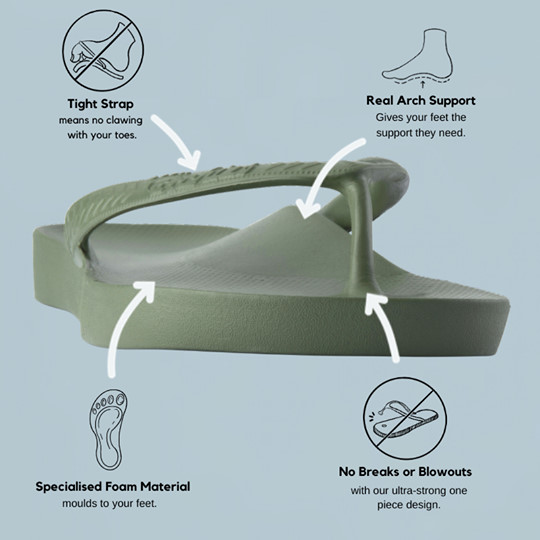
Archies Support Thongs:
The Archies support thongs features aim to support the foot in a more biomechanically appropriate position. This means that the stresses and strains that are put on the foot structures are reduced. They have up to 2.2cm of orthotic support and incorporate the same amount of support that you would find from a prefabricated or off the shelf orthotic. Archies have aimed to make their support thongs look as much like normal thongs as possible without compromising on the support for the feet. The Archies support thongs are very comfortable, and made from high quality foam material. Once you get used to them, you will not want to wear any other thongs. They have many colours to choose from.

Birkenstock EVA Flip-Flops
In the world of footwear, Birkenstock is synonymous with style and comfort. Their EVA flip flops for foot pain are no different. With contoured technology and flexible insoles, these sandals can be adjusted to the unique shape of your foot. During use, they will also cradle each and every curve across your arches.
Another key feature of these thongs are the cork base/footbed. This base naturally absorbs shock to support everyday movement and ensure comfort at all times.

Clarks Breeze Sea Flip-Flops
If you prefer a lightweight feel, the Clarks Sea Breeze series will provide everything that you need. Once purchased, you can slide them on and experience the superior grip of a synthetic rubber sole base. Other first-class features include the OrthoLite footbed and ultra-soft textile lining.
Within the market of thongs for foot pain, the Sea Breeze series is perfect for those with sensitive feet and require a nice and soft underfoot feeling.
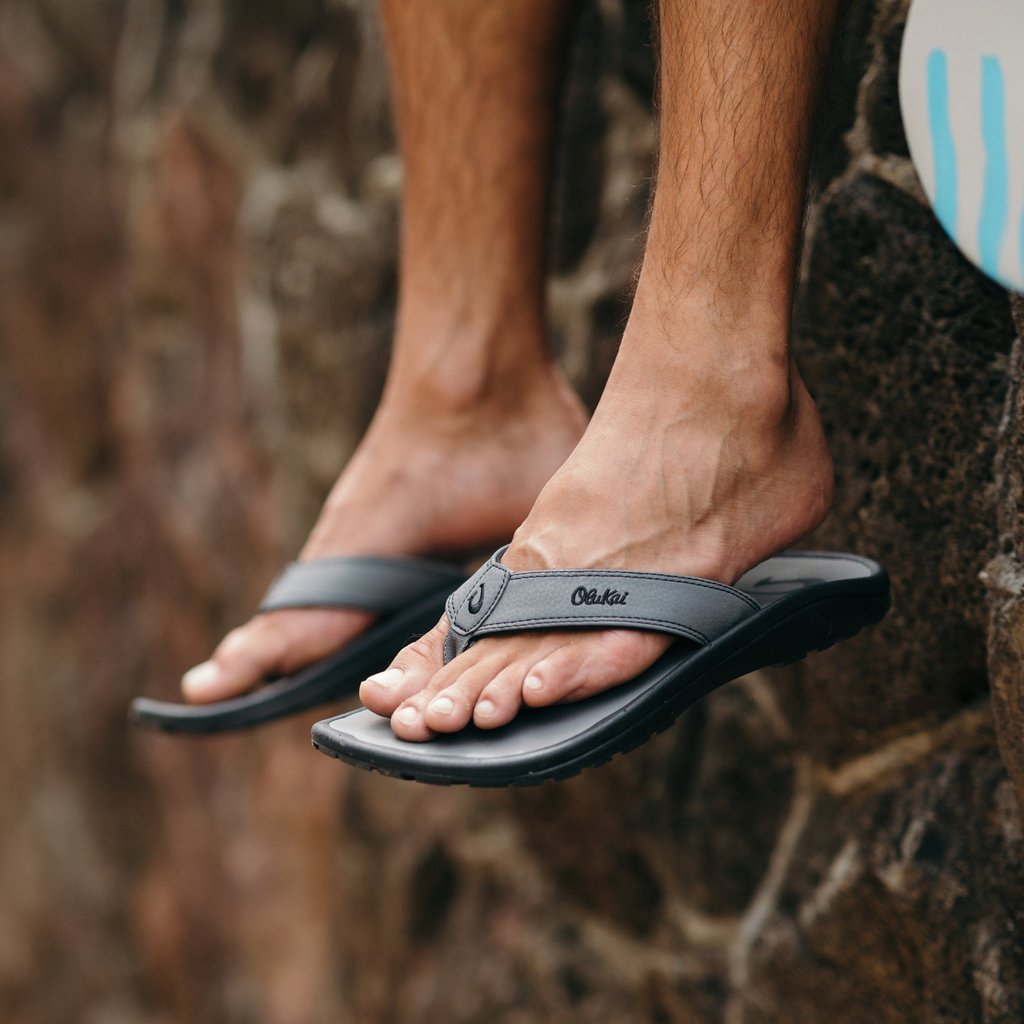
Olukai Ohana Flip-Flops
Foot pain can arise at anytime. When the summer hits, foot pain sufferers should still be able to enjoy the beach in style and comfort. This is where Olukai Ohana thongs fill the void perfectly. With water resistance and quick-dry technology included, this supportive footwear allows you to enjoy the outdoors and take your mind off foot pain.
Like the men’s and women’s Zullaz range, Olukai Ohana flip flops come in a wide array of fresh and vibrant summer colours. Don’t bring foot pain with you on your next vacation, opt for premium podiatrist footwear instead.

Reef Ortho-Bounce Woven Flip-Flops
Reef are a premier Australian brand that specialise in outdoor footwear. In the realm of thongs for foot pain, Reef’s ortho-bounce series are a one of one – a rare combination of function, style and comfort. The woven strap upper is also made from recycled material with vegan leather detailing, making this an excellent ecofriendly option.
Similar to Birkenstock’s ortho sandals, Reef’s woven flip flops are shock absorbent and aid you with each step. The rubber outsole is also fitted with rubber flex grooves that provide extra traction and durability, ensuring that your receive value for money.

Contact a Professional for Assistance
For a comfortable and fashionable orthotic option, it’s hard to look past leather sandals and thongs. Some of the best leather podiatrist-recommended thongs providers include Archies, Aerothotic, Zullaz, Olukai, Rainbow, Reef and more.
In this context, professional assistance could come from a Podiatrist. Once a recommendation is made, you can then browse all the orthotic thongs on the market and make a purchase that suits your individual needs. Any of the aforementioned options are high-quality and the product of innovative medical design.
Nivi Watson
Experience Guest Blogger
Contact Us
Send us an e-mail:
This site is protected by reCAPTCHA and the Google Privacy Policy and Terms of Service apply.
Orthotic Therapy

What is Orthotic Therapy?
Orthotic therapy is the use of orthoses, better known as shoe inserts to help improve the way we walk. The purpose of orthotics is to redistribute pressure evenly along the soles of our feet. This is done by providing support to improve the alignment of the foot joints which in turn improve the functioning of our foot and leg muscles, joints, ligaments and tendons. They are designed to fit comfortably in your shoes.
There are many different types of orthotics ranging from prefabricated or off the shelf orthotics, cushioned insoles, semi-custom made orthotics and fully custom made medical orthotics. Orthotics are used as an adjunct to appropriate footwear based on your foot type, soft tissue rehabilitation such as deep connective tissue massage, shockwave therapy, exercises and stretches as necessary depending on your specific foot concern.

Different types of Orthotics:
- 1. Prefabricated orthotics: Prefabs or off the shelf orthotics are pre-made shoe inserts which are a standard one size fits all. The purpose of these types of insoles is to provide gentle support and do not specifically address the individual’s foot concerns. The main purpose of these type of shoe inserts is to provide cushioning and not support.
- 2. Semi-custom orthotics: Provide specialised support based on the way your feet are shaped. They relieve a reasonable amount of stress points due to your foot posture. The main purpose of semi-custom orthotics are to provide support for the feet.
- 3. Custom made orthotics: Custom made orthotics are the most medically appropriate and aim to address your specific foot concerns. They provide the exact support and cushioning based on your exact foot and arch shape and contour. They relieve the most precise amount of pressure and stress points due to your foot posture. They aim to to provide the maximum support and cushioning your feet require to help address your specific concerns.

Different conditions that can be treated by Orthotics:
Many conditions and foot concerns may benefit from wearing orthotics. Some of these conditions include:
- Overuse injuries and pain caused by a flat foot or high arch
- Plantar fasciitis or heel spurs
- Intoeing or pigeon toe walk
- Bursitis
- Bunions
- Morton’s Neuroma
- Diabetes
- Knee pain
- Arthritis (both osteoarthritis and rheumatoid arthritis)
- Painful and reoccurring callus or corns on the soles of your feet
In most occasions, custom made orthotics can help avoid surgery to fix flat feet. Orthotics can reduce the risk of injuries by 28%, and reduces the risk of stress fractures by 41%.

Who can make custom made orthotics?
Podiatrists are qualified and highly educated in prescribing custom made orthotics appropriate for different foot types and complaints. Each custom made orthotic is different and you will never find two pairs that are identical.
Custom orthotics may not be appropriate for all individuals or all foot complaints. It is always best to have an initial biomechanical assessment with your Podiatrist to determine which, if any orthotics would better suit your feet and your concern.
Once you have discussed custom orthotics with your Podiatrist, you will be booked in for another type of assessment which will determine the ‘prescription’ of your orthotics. 3D foot scans will also be taken of both your feet and will be used to make them. Our custom made medical orthotics are Australian made and designed by experienced Podiatrists, so you can be sure you are getting the best in quality and function.
Dr. Fatima Al-Kathmi (Podiatrist)
The Foot Force Podiatry.
Contact Us
Send us an e-mail:
This site is protected by reCAPTCHA and the Google Privacy Policy and Terms of Service apply.
